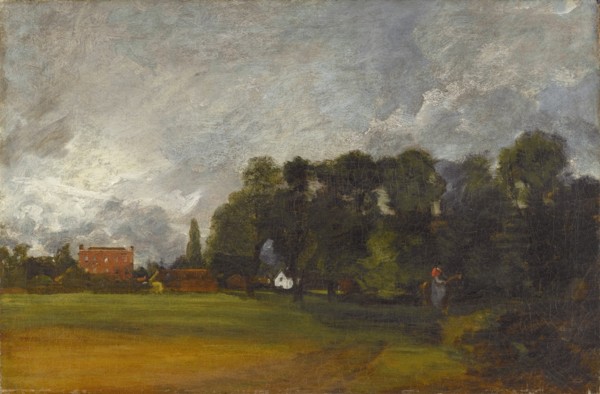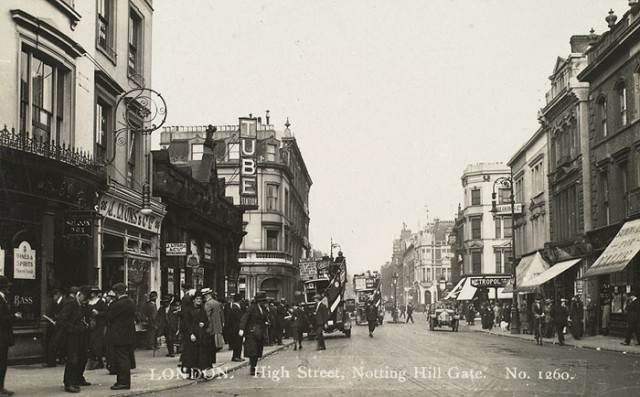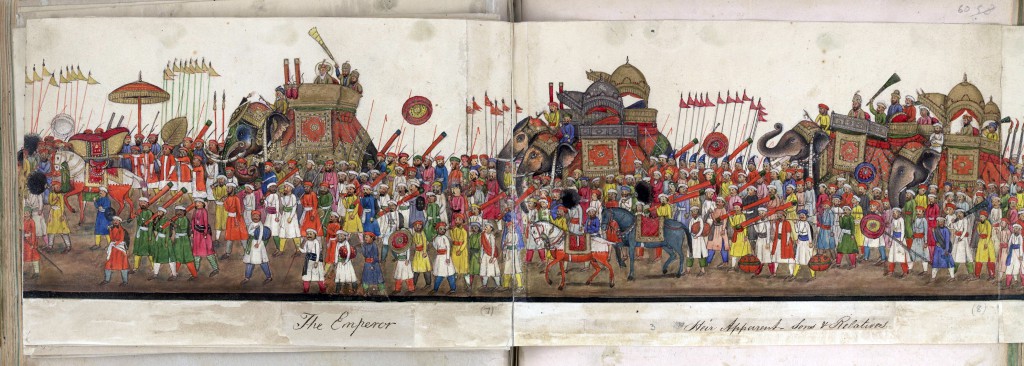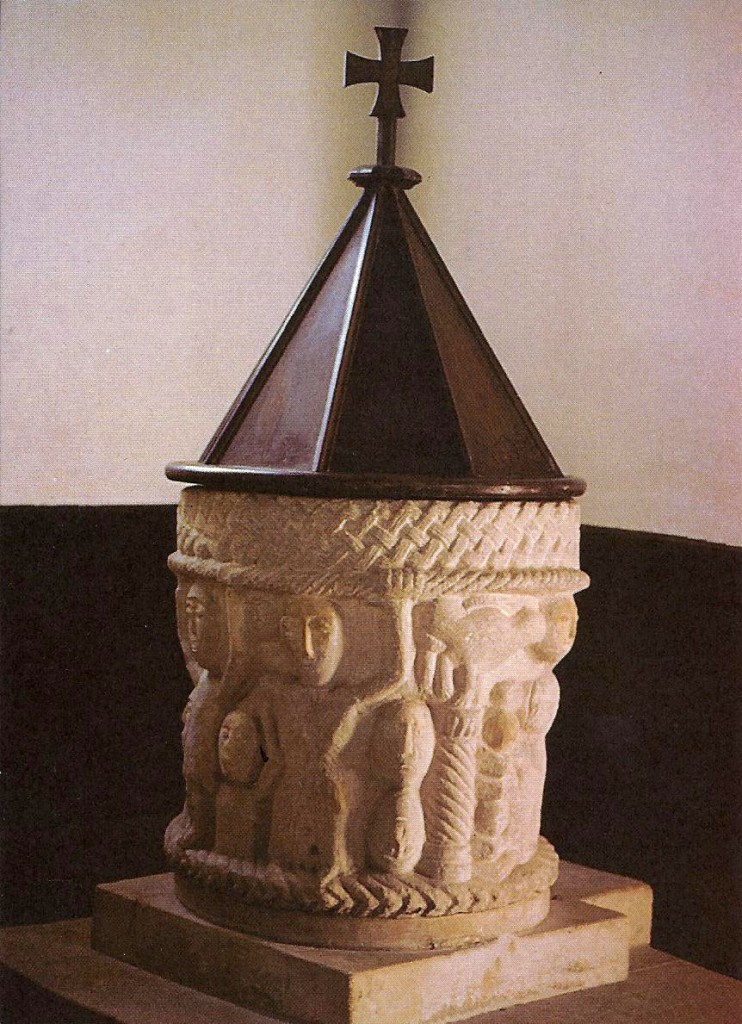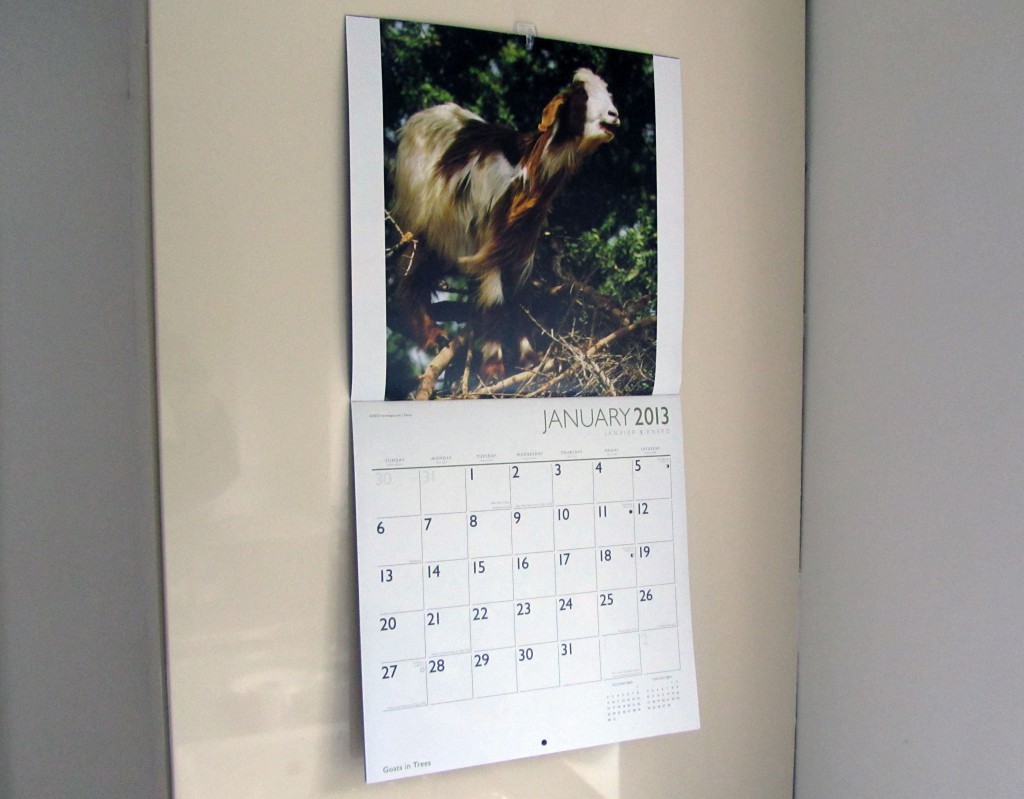
Here is an extract from a prose work in progress about family life in summer on Powdermills Farm in the 1960s and 1970s. My father, then head of art at Bournemouth and Poole College of Art, had hired a cottage there, in the middle of the moor, from the Duchy for £70 a year. No electricity, no running water, a ghost in the second bedroom, and sheep in the paddock at shearing season. It was a wild experience. Wistman’s Wood, primordial remains of the original Dartmoor landscape before its Bronze Age settlement, is a few miles walk from Powdermills, and remains one of the most atmospheric and haunting spots on the whole moor. The paintings were made on a return visit in 2009, and there are two of my father’s sketchbook drawings from the late 1960s. The poem comes from First Music, a sequence about Dartmoor, childhood and memory, in the 2011 collection The Rapture (Salt Books). Continue reading “From Powdermills To Wistman’s Wood”



